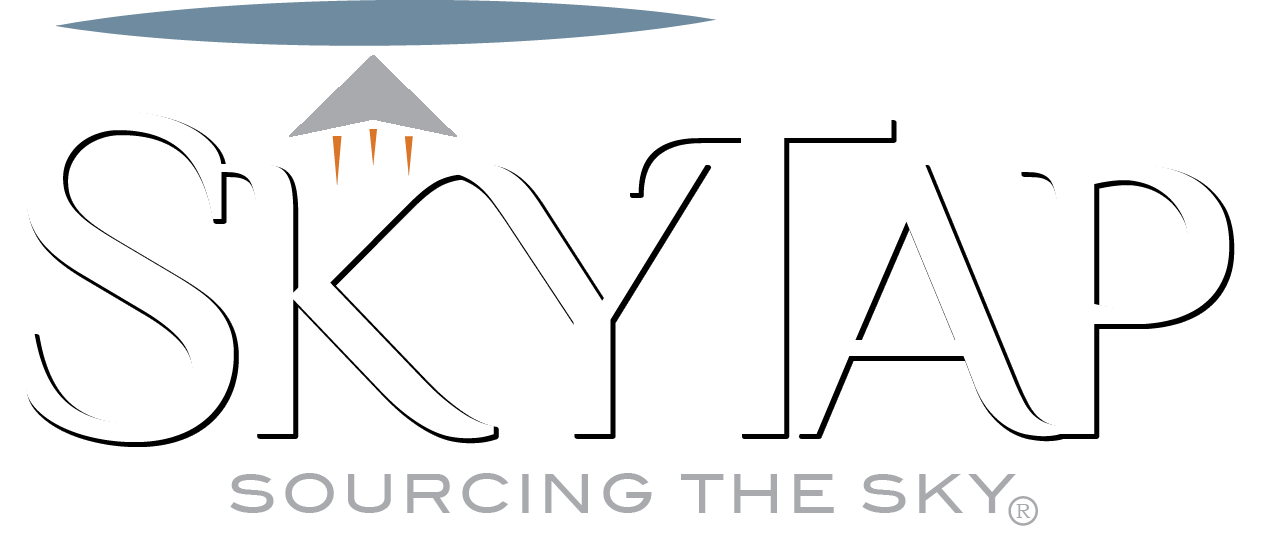NASA conducted a human-in-the-loop experiment with 15 retired air traffic controllers to investigate two research questions: (a) what procedures are appropriate for the use of unmanned aircraft system (UAS) detect-and-avoid systems, and (b) how long in advance of a predicted close encounter should pilots request or execute a separation maneuver.
The controller participants managed a busy Oakland air route traffic control sector with mixed commercial/general aviation and manned/UAS traffic, providing separation services, miles-in-trail restrictions and issuing traffic advisories. Controllers filled out post-scenario and post-simulation questionnaires, and metrics were collected on the acceptability of procedural options and temporal thresholds. The states of aircraft were also recorded when controllers issued traffic advisories.
Subjective feedback indicated a strong preference for pilots to request maneuvers to remain well clear from intruder aircraft rather than deviate from their IFR clearance. Controllers also reported that maneuvering at 120 seconds until closest point of approach (CPA) was too early; maneuvers executed with less than 90 seconds until CPA were more acceptable.
The magnitudes of the requested maneuvers were frequently judged to be too large, indicating a possible discrepancy between the quantitative UAS well clear standard and the one employed subjectively by manned pilots. The ranges between pairs of aircraft and the times to CPA at which traffic advisories were issued were used to construct empirical probability distributions of those metrics.
Given these distributions, we propose that UAS pilots wait until an intruder aircraft is approximately 80 seconds to CPA or 6 nmi away before requesting a maneuver, and maneuver immediately if the intruder is within 60 seconds and 4 nmi. These thresholds should make the use of UAS detect and avoid systems compatible with current airspace procedures and controller expectations.
Read the full study HERE.
Source: NASA


